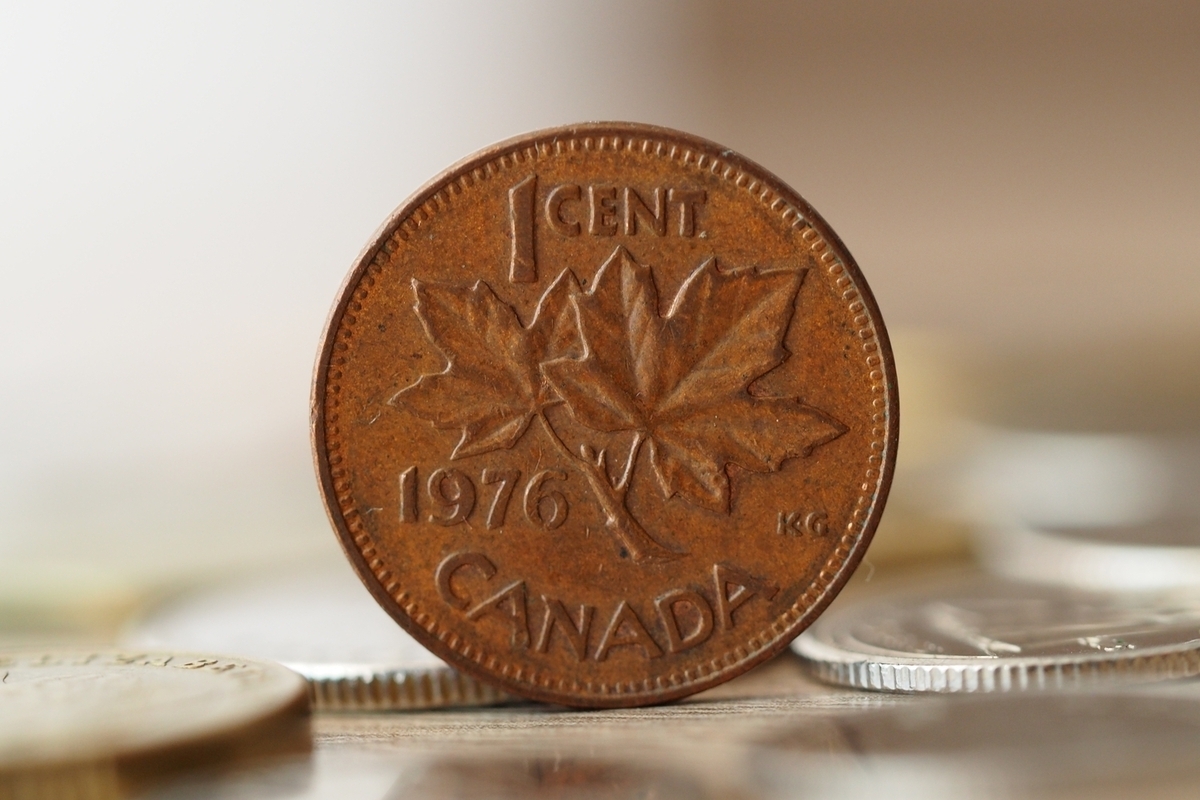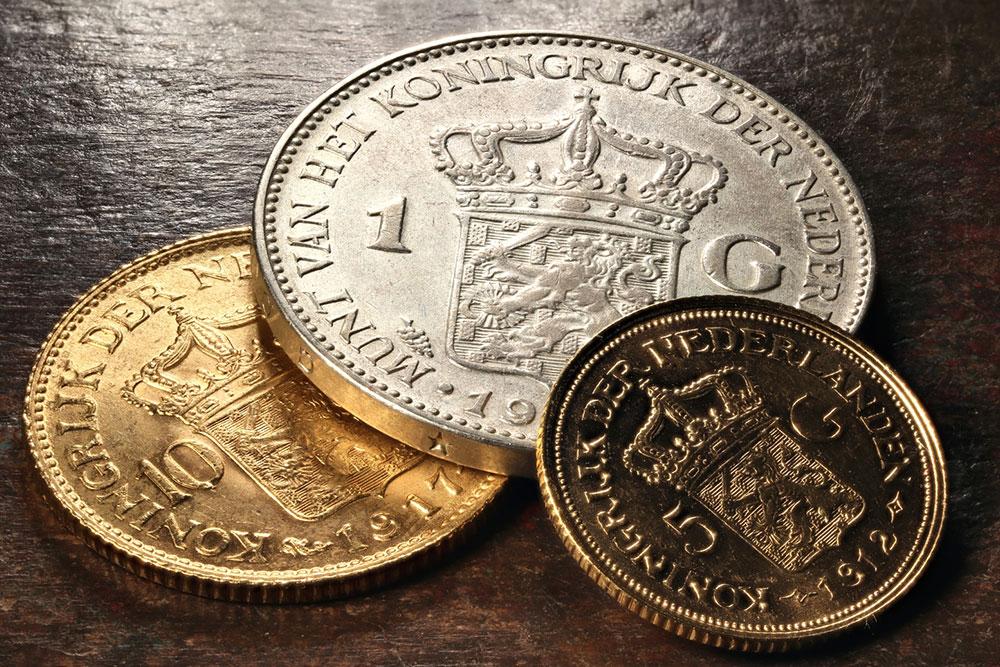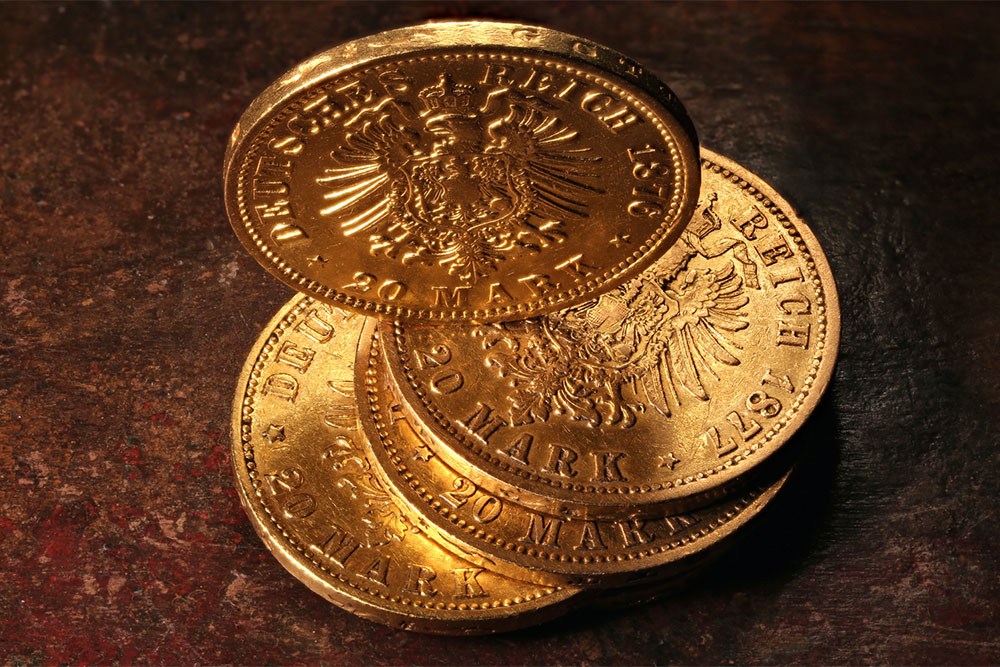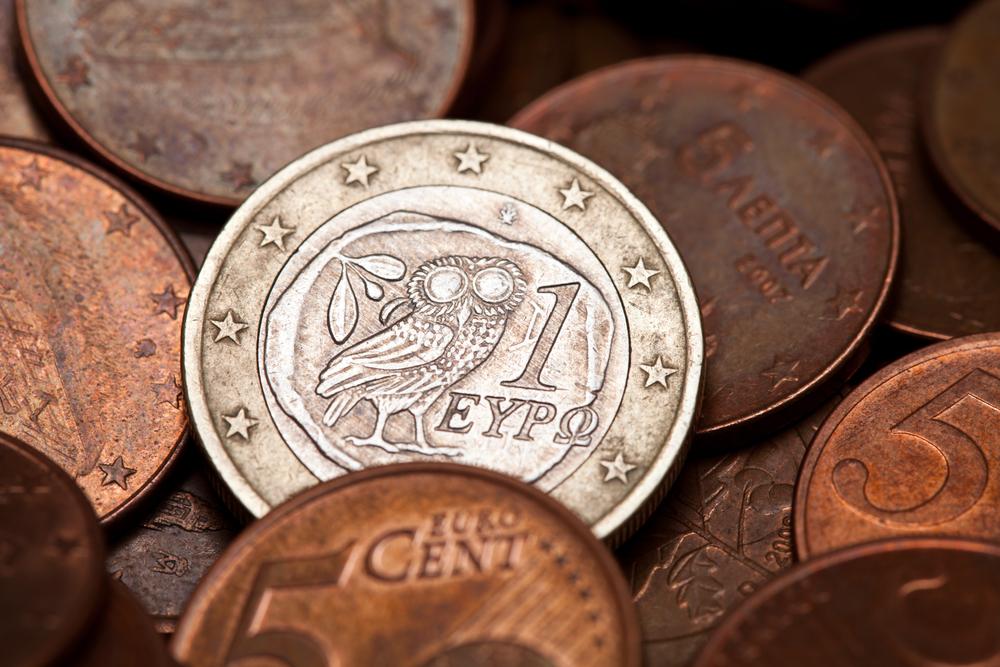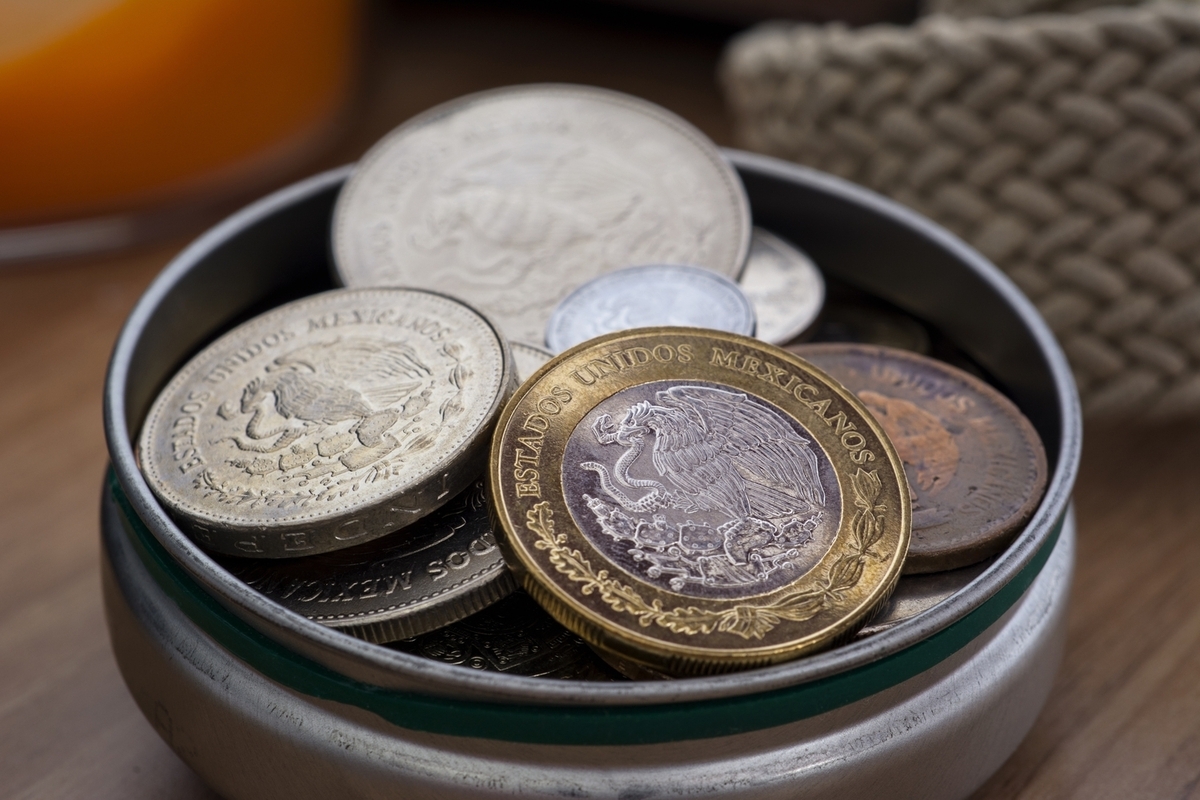Essential Tips for Buying Valuable Rare Coins
Discover essential tips for buying rare and valuable coins, including insights on assessing authenticity, condition, and market value. Learn how to identify top collectible coins and understand factors influencing their worth. Expert guidance helps collectors make informed decisions, ensuring smart investments in numismatic treasures. Whether you're a beginner or seasoned collector, this guide offers practical advice to navigate the world of rare coin purchasing confidently.
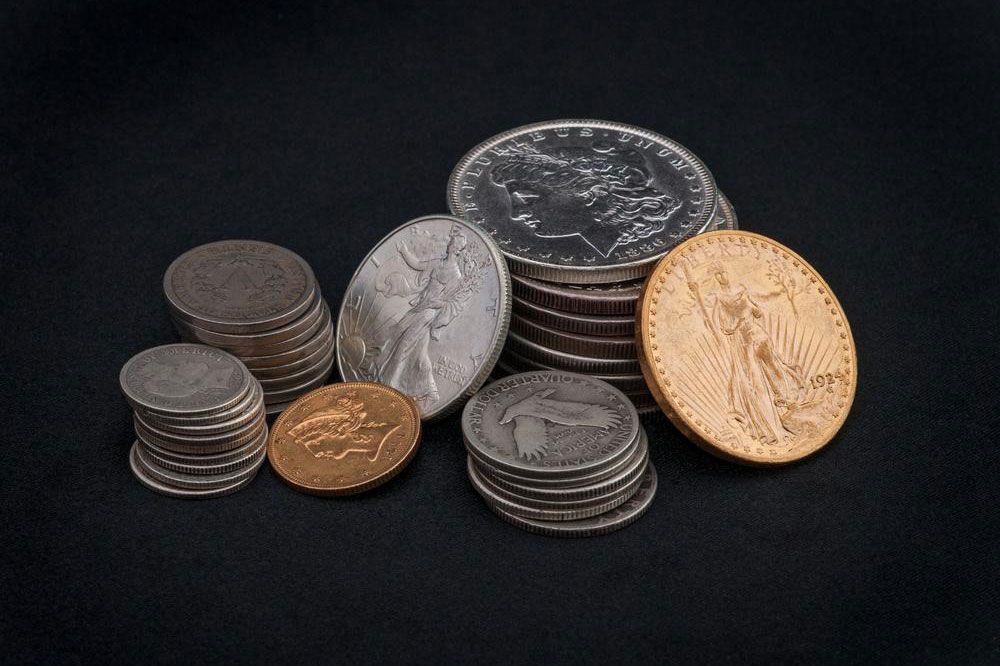
Key Considerations When Buying Valuable Rare Coins
Many coins in circulation today hold values far exceeding their face price. Some rare coins may not fetch millions but can be sold or pawned for significantly more, often due to their appeal, rarity, and investment potential. Collectors value coins based on aesthetics, historical significance, and appreciation prospects.
Market value versus face value
The market value, or current worth, reflects the price to acquire a coin in the marketplace, while the face value is set by the issuing authority and may differ greatly depending on demand and rarity.
Top high-value coins in 2022
Always buy from reputable dealers and ensure the coins are certified by recognized grading services to guarantee authenticity and quality.
1909-S V.D.B. Lincoln Cent
In 1909, the U.S. replaced the Indian Head design with a cent honoring Abraham Lincoln. Seek unblemished specimens with appealing aesthetics for a solid investment.
1937-D Three-Legged Buffalo Nickel
This rare error coin caught collector's attention. Many dies were altered or polished, making authentic pieces valuable. Examine carefully for scratches or polishing marks.
Standing Liberty Quarter
Minted first in 1916, these coins feature Lady Liberty with various details. The 1917 variation with Liberty's chain mail coat holds particular interest due to historical context.
1921 Peace Dollar
Produced shortly after WWI, this coin is notable for its high relief and limited mintage, making it a sought-after collectible.
Assessing your coin's worth
Factors like rarity, demand, metal value, and condition influence a coin’s price. Use these tips to evaluate:
Mint marks and errors
Expert appraisal
Comparative market analysis
Online grading and auction tracking
Mint flaws such as double strikes or missing letters make coins more valuable. The mint mark indicates origin and can impact value, especially if rare.
For accurate valuation, seek advice from professional coin appraisers or dealers. They can give you licensed estimates, especially for high-end pieces.
Checking online marketplaces and auction results helps determine current market value. The demand influences pricing—more demand equals higher prices.
Maintaining coins in uncirculated condition greatly boosts their worth. Collectors prefer mint-condition coins, which are scarce and more desirable. Carefully stored coins from earlier eras can be particularly valuable.
The inventory status of dealers affects pricing; limited stock tends to command higher prices, while large inventories may lead to discounts.

